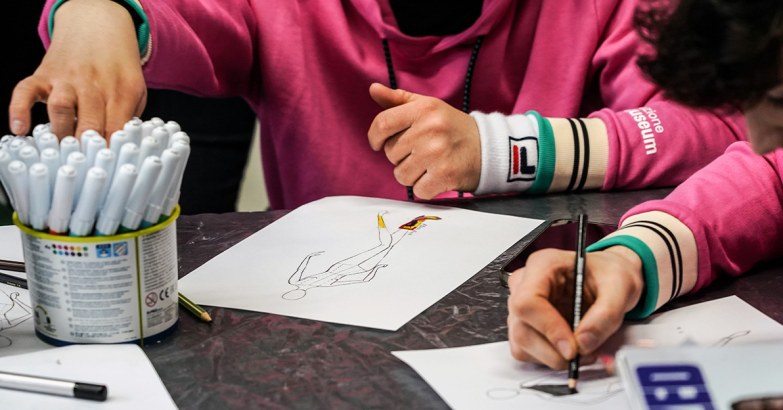THE HONESTY OF ART: A BRIEF HISTORY OF DRAWING
Before we discuss their art, it is important to remember the words the greatest artists have used to describe it. The most well-known are from Pablo Picasso who famously said, ‘It took me four years to paint like Raphael, but a lifetime to paint like a child’. Salvador Dalì once said ‘Drawing is the honesty of the art. There is no possibility of cheating. It is either good or bad.’ Polemics aside, the message they wanted to express is clear; what often looks like a ‘minor’ form of expression is a solid, stand-alone practice.
Drawing has been around since time immemorial. As shown in the caves of Altamira, Spain, and Lascaux, France (discovered in 1879 and in 1940, respectively), humans have expressed themselves by hand for at least 18,500 years. In both cases, we can admire parietal wall paintings from the Upper Paleolithic and the Neolithic Ages. We also learn that by using raw materials such as charcoal and mineral pigments, humans used to illustrate on rock surfaces the shapes of the animals they hunted and observed, leading to surprising aesthetic results.
Thanks to advances in technology, drawing techniques evolved. Among them, paper whether parchment, papyrus, or modern sheets of paper, is certainly the most important and widespread. During the 16th century, when Western merchants started trading in paper products, drawing was already a well-established medium – often with extraordinary results. For example, 12th-century manuscripts were embellished with refined illustrations and illuminations. In the 15th century, artists like Albrecht Dürer turned illustrations into the first engravings, resulting in an exquisite mixture of art and technology. Speaking about the Renaissance, we must also mention Leonardo da Vinci, whose Vitruvian Man (circa 1490) was just one example of his extraordinary contribution to artistic research and scientific investigation.
Drawing was considered painting’s poor cousin for a very long time. This was mainly due to economic reasons: In the art world, drawings have always been more difficult to sell and were sometimes mounted on a canvas to be made to look like paintings. Thankfully, things have changed. Artistic works on paper now form part of museums, private collections, and art fairs, and commemorate significant days and celebrations.
On April 27th, Saturday, we’re going to honour World Drawing Day. Celebrated since 1995, the event commemorates the founding of the Design Council in London in 1963. Over the years it has become an occasion to reflect on the positive effects drawing has. At the Fondazione FILA Museum, we could not agree more, and drawing is often featured in our educational activities as an opportunity to reflect on ideas and emotions. As we look forward to the next sketches, here’s a glimpse of those from the past!
Back to the articles!

